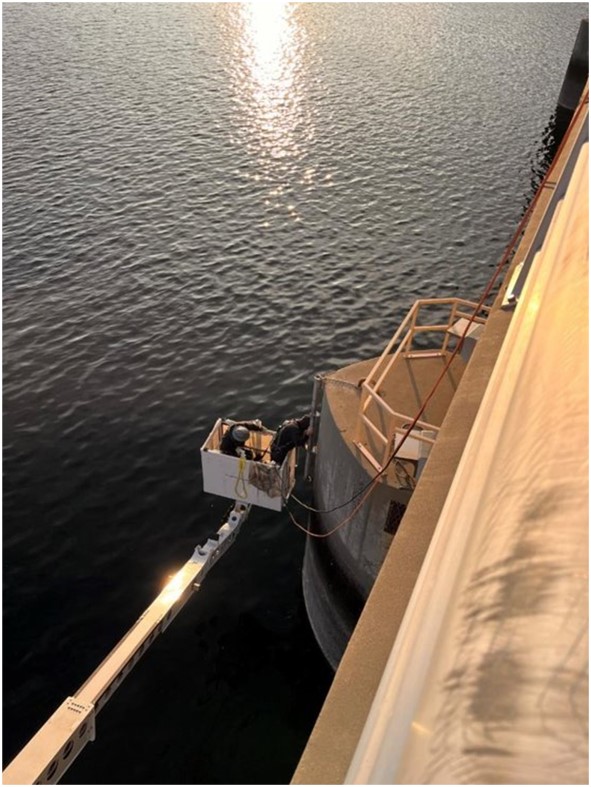Phase 2 Implementation Plan: Testing the Feasibility of Reintroduced Salmon in the Upper Columbia River Basin (P2IP)

The Phase 2 Implementation Plan: Testing the Feasibility of Reintroduced Salmon in the Upper Columbia River Basin is a 20-year plan for reintroducing chinook and sockeye salmon into blocked areas upstream of Chief Joseph, Grand Coulee, Little Falls, Long Lake, and Nine Mile dams. These dams were constructed without fish passage, and the eradication of anadromous fish in the blocked areas affected ecosystems and restricted or eliminated Tribal traditional and cultural practices related to salmon. P2IP was developed by the Confederated Tribes of the Colville Reservation, Coeur d’ Alene Tribe of Indians, Spokane Tribe of Indians, and the Upper Columbia United Tribes, collectively referred to as the Project Proponents. The Project Proponents’ objective is to complete juvenile and adult salmon studies, test the feasibility of fish passage options, establish fish-rearing and hatchery facilities, and develop a long-term salmon reintroduction plan to serve the following purposes:
- Restore Tribal traditional and cultural practices related to salmon in the region
- Restore access to salmon for Tribal and non-Tribal communities in the blocked areas
- Return salmon to their historic habitats in the upper Columbia River to increase the abundance and distribution of salmon in the Columbia River Basin
- Restore ecosystem function in blocked area habitats as it relates to the cycling of marine-derived nutrients that anadromous salmon provide
Before non-indigenous contact, millions of salmon returned to the Columbia River, were vital to a healthy ecosystem, and sustained Tribal communities for many thousands of years. The construction of the five dams halted anadromous salmon passage to the upstream blocked areas and severely restricted or eliminated Tribal traditional and cultural practices related to salmon. Beginning in 2013, a coalition of Columbia Basin Tribes and Canadian First Nations jointly developed a four-phased approach to guide the development of fish passage and reintroduction efforts in the upper Columbia River Basin above Chief Joseph and Grand Coulee dams. Upper Columbia United Tribes completed the Fish Passage and Reintroduction Phase 1 studies in 2019 in coordination with the state of Washington, the U.S. Geological Survey, and other partners. UCUT developed P2IP based on the favorable findings of the Phase 1 studies, indicating that reintroduction is viable for the species evaluated.
The Bureau of Reclamation, U.S. Army Corps of Engineers, and Bonneville Power Administration, in cooperation with the Project Proponents, prepared a draft programmatic environmental assessment for the federal support of P2IP. The plan involves activities over an approximately 20-year period to test key biological assumptions through salmon research studies, develop fish rearing facilities and interim fish passage facilities, and establish sources of donor and brood stocks for reintroduction efforts.
The Project Proponents are implementing juvenile survival outmigration studies. The applicable agencies have approved and permitted these activities, which would continue under the no action alternative described in the draft programmatic EA.
Federal actions analyzed in the proposed action in the draft programmatic EA include but are not limited to the following:
- Providing federal funding to support P2IP activities throughout the study area
- Reviewing, approving, and issuing permits for actions including, but not limited to, data collection, installation of equipment, or construction of facilities (for example, interim passage and/or rearing facilities) on federally managed lands and facilities
- Providing eggs, juveniles, and adult salmon from existing hatcheries and non-hatchery collection actions
- Participating in the planning, design, development, implementation, feasibility assessments, and operation of interim passage facilities and guidance structures
| 11/2024 | P2IP Draft Programmatic EA PDF 22 MB |
| 02/2024 | P2IP Project Scoping Letter PDF 192 KB |
| Upper Columbia United Tribes webpage |
Contact
Claire McGrath
Environmental Services Deputy Program Manager
bor-sha-p2ip_peaproject@usbr.gov
208-270-2259
Bureau of Reclamation
Columbia–Pacific Northwest Region
1150 N. Curtis Road
Boise, ID 83706
Melissa Yenko
P2IP NEPA Team Lead
bor-sha-p2ip_peaproject@usbr.gov
208-914-0362
Bureau of Reclamation
Columbia–Pacific Northwest Region
1150 N. Curtis Road
Boise, ID 83706

